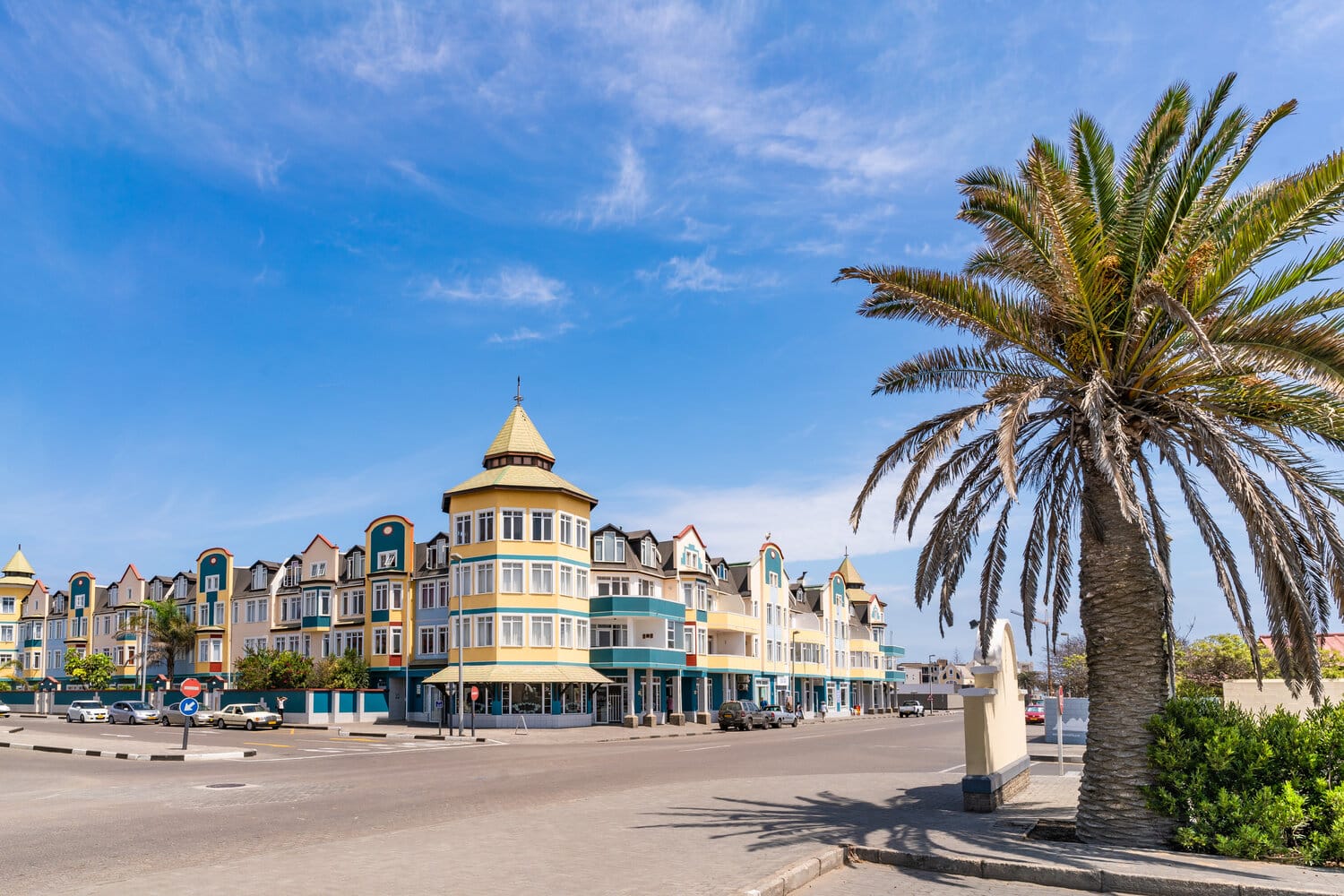 Swakopmund is a coastal town situated on the edge of the Namib Desert
Swakopmund is a coastal town situated on the edge of the Namib Desert
The Fifteenth Meeting of ACAP’s Advisory Committee (AC15) will be held from Monday 1 to Friday 5 June 2026, in Swakopmund, Namibia.
Meetings of the Population and Conservation Status Working Group and the Seabird Bycatch Working Group will precede AC15, PaCSWG9 on Monday 25 May, and SBWG13 from Wednesday 27 to Friday 29 May. A joint SBWG13/PaCSWG9 meeting will be held on Tuesday 26 May to discuss cross-cutting issues. A Heads of Delegation meeting will be convened on Sunday 31 May in the late afternoon/evening.
The deadlines for submission and distribution of meeting documents for AC15 and the Working Group meetings are:
23 January 2026 Draft agenda for AC15 (and Working Groups) distributed by the Secretariat
24 February 2026 Inclusion of new items in the meeting agendas
26 March 2026 Revised draft agendas for AC15, and Working Group meetings distributed
26 March 2026 Submission of AC15 Working Papers and Working Group Papers requiring translation (only the abstracts of WG papers will be translated, however, full documents are required by this deadline)
11 April 2026 Submission of AC15 Information Papers and Working Group Information Papers
25 April 2026 Meeting documents distributed in all working languages by the Secretariat (by publication on the ACAP website).
The draft agenda for AC15 as reviewed by AC14 is provided in Attachment 1. Draft agendas for PaCSWG9, SBWG13, and the joint SBWG13/PaCSWG9 meeting will be provided by 23 January 2026.
The deadlines for submission of requests for Observer status to attend AC15 and the Working Group meetings are:
24 February 2026 Deadline for submission of written requests for observer status by international bodies and non-international bodies
26 March 2026 International bodies and non-international bodies advised if their request for observer status has been approved.
Information on the venue and accommodation will be provided in Meeting Circular No. 2.
ACAP Secretariat, 28 November 2025
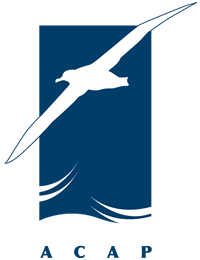
 English
English  Français
Français  Español
Español 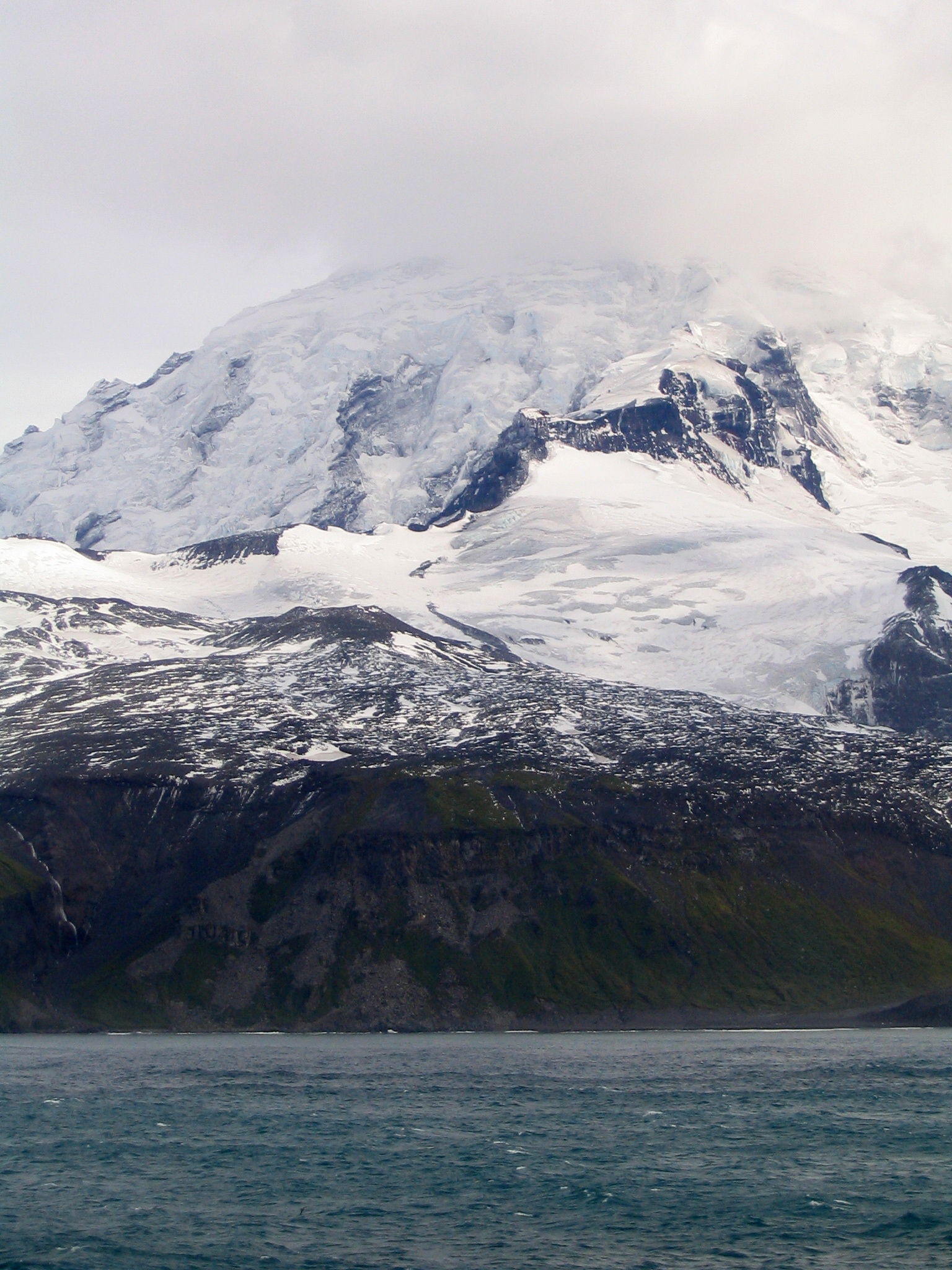 Heard Island, photograph by Barbara Wienecke
Heard Island, photograph by Barbara Wienecke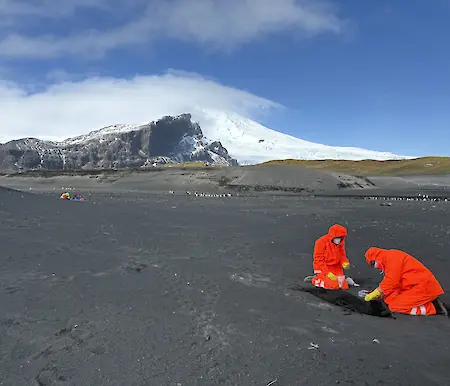 Wildlife ecologists taking samples from deceased animals at Atlas Cove, Heard Island, photograph by Rowena Hannaford
Wildlife ecologists taking samples from deceased animals at Atlas Cove, Heard Island, photograph by Rowena Hannaford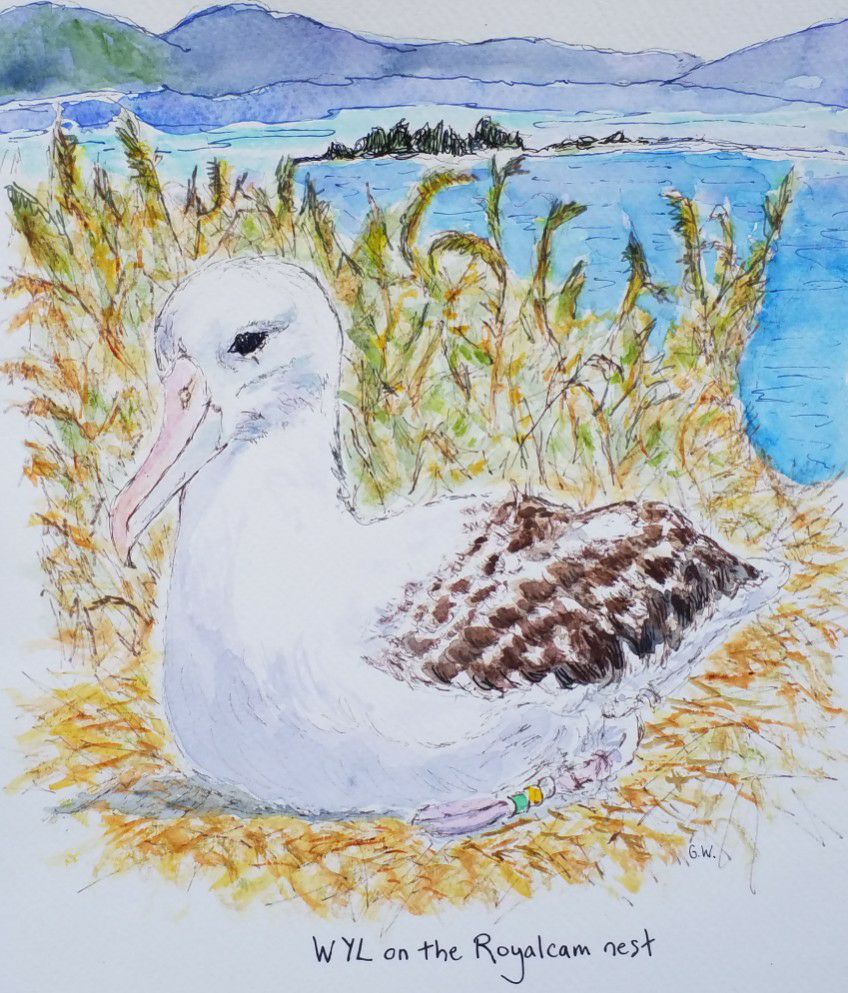 “My first painting of the 2025-2026 Royal family”, artwork by Gill Winter, photograph from the Department of Conservation
“My first painting of the 2025-2026 Royal family”, artwork by Gill Winter, photograph from the Department of Conservation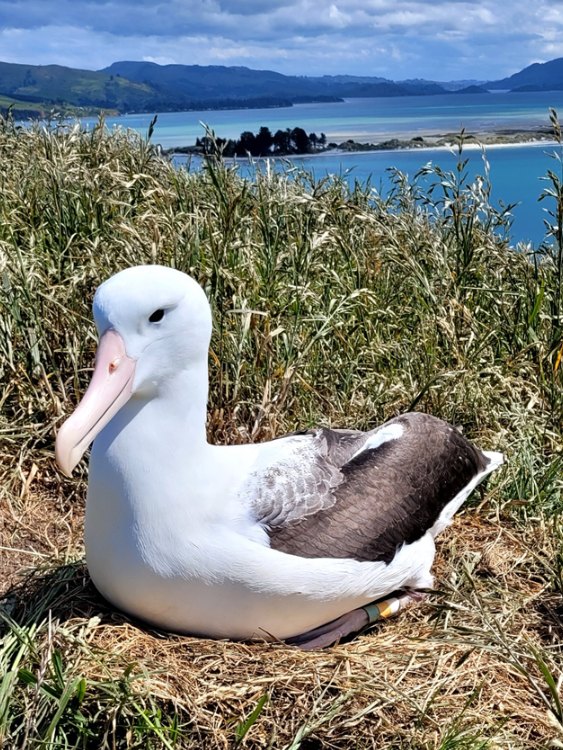 The Royal Cam female for 2025/26 shows her colour bands while incubating her fertile egg, photograph from the Department of Conservation
The Royal Cam female for 2025/26 shows her colour bands while incubating her fertile egg, photograph from the Department of Conservation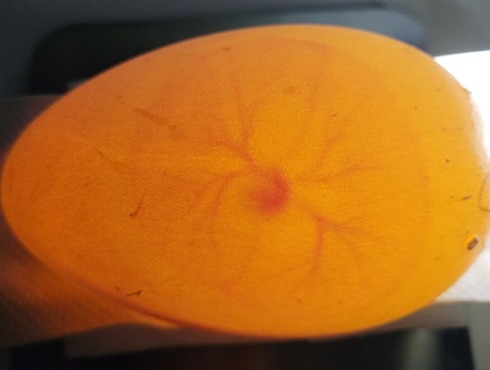 A candled Northern Royal Albatross egg shows the embryo and blood vessels signifying it is fertile, photograph from the Department of Conservation
A candled Northern Royal Albatross egg shows the embryo and blood vessels signifying it is fertile, photograph from the Department of Conservation Maximum, mean and minimum diagonal flight initiation distances at a Black-headed Cull colony, from the publication.
Maximum, mean and minimum diagonal flight initiation distances at a Black-headed Cull colony, from the publication.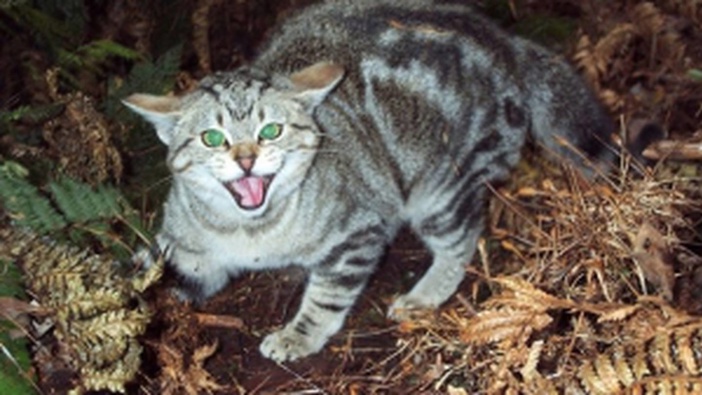 A feral cat in New Zealand
A feral cat in New Zealand